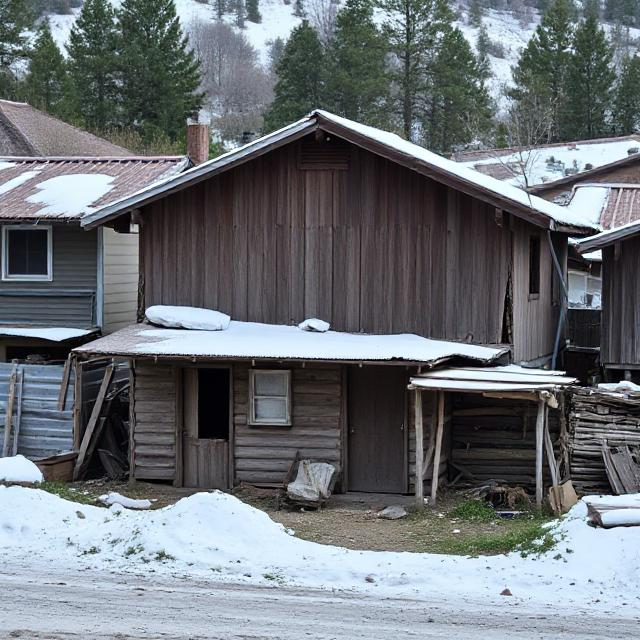
Poverty Gnaws Millions of Americans
Poverty clings like a relentless shadow in the life of 70 percent Americans, its essence etched in deprivation and barred pathways. They subsist in a relentless cycle of paycheck-to-paycheck survival, each income barely closing the gap between need and necessity.
It is the absence of means—financial desolation denying food, shelter, and care. Each deprivation acts as a broken ladder: missing rungs of unpaid bills or untreated illnesses deepen the fall, blocking ascent. People live on paycheck to paycheck. Here, survival is arithmetic, subtracting dignity to afford necessities.
Hardship multiplies in silence. Dilapidated housing breeds illness; hunger starves potential. Resolving one crisis demands abandoning another—medicine or rent, food or heat. Such choices tighten the trap, each sacrifice narrowing escape routes. Banks and employers, indifferent sentinels, lock gates to stability..
Exile follows deprivation. The marginalized wander a maze with dead ends—schools unentered, jobs withheld. Prejudice builds higher walls, stigma and policy sealing exclusion. Within this labyrinth, anxiety gnaws and hope corrodes. The mind, burdened by relentless want, forgets how to dream of more.
Scarcity echoes through bloodlines. A child of want inherits a narrowed world, passing disadvantage like a cursed heirloom. This relay of despair is no accident but a machine, its gears greased by societal indifference, grinding generations to dust.
Existence is a ship sinking slowly. Wages dissolve into survival’s void; schools and jobs loom as mirages. Barren towns, stripped of infrastructure, mirror wastelands. Stress, acid-like, erodes health and years. Discrimination tilts scales, burying hope. The roots are structural—wages stagnant as costs soar, labor without progress, policies molding engines of exclusion. Poverty persists, not by chance, but design.
Millions of Americans live below the poverty line, enduring a daily struggle to secure necessities such as food, shelter, and healthcare. For these individuals, survival often hinges on a fragile ecosystem of government assistance and community aid. Poverty in the United States is not merely a temporary hardship but a persistent cycle, akin to navigating a labyrinth with shifting walls—each turn introduces new barriers, from systemic inequities to unpredictable economic forces. This reality underscores the urgent need to examine how marginalized populations endure such conditions and what perpetuates their challenges.
To rescue poverty-stricken Americans, immediate and systemic interventions must intertwine, much like repairing a crumbling bridge while rebuilding its foundation. First, expanding access to robust social safety nets—such as SNAP, Medicaid, and affordable housing programs—can stabilize vulnerable households, acting as emergency scaffolding to prevent further collapse.
Simultaneously, investing in equitable education and vocational training equips individuals with tools to climb economic ladders, while raising minimum wages and subsidizing childcare reduces the crushing weight of basic costs.
Community organizations and public-private partnerships should amplify localized aid, ensuring resources reach those isolated by geographic or systemic barriers. However, these efforts must be paired with policies that curb exploitative practices, such as predatory lending or discriminatory hiring, to prevent recurring harm.
Long-term rescue demands dismantling structural engines of inequality, akin to uprooting invasive weeds to restore a garden’s health. Progressive taxation and anti-discrimination laws can recalibrate economic systems to prioritize fairness over privilege.
Strengthening labor protections, expanding healthcare access, and funding mental health services address intertwined vulnerabilities, while targeted reforms—like equitable school funding and inclusive zoning laws—disrupt intergenerational disadvantage. By harmonizing immediate relief with systemic equity, society can transform survival mechanisms into sustainable pathways, ensuring stability replaces precarity as the norm.